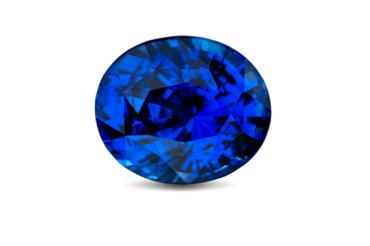- Natural gems from all over the world, at the best prices
- Design and production of unique jewelry
- Sale of finished jewelry
- Grinding precious stones
- Valuation, certification
The refractometer is one of the most important testing instruments. It works on the basis of optical properties of ground gemological materials. The condition is that the examined (measured) surface is flat (even for cabochons the lower surface). Only those materials that transmit light, i.e. transparent, can be tested with it. The refractometer determines our refractive index.
A polar microscope with a conoscope is a device for determining the optical characteristics of isotropy and anisotropy, as well as for indicating the microcrystalline and polycrystalline nature of stones.
The spectroscope is one of the small instruments and basic equipment. It works by observing a strong light beam that passes through or is reflected from an object. The instrument is able to observe this beam distributed on the color spectrum and the resulting lines are characteristic of a certain mineral or its admixtures.
Dichroscope is a simple optical device with which we can observe jewelry materials embedded in jewelry.
The condition is that they are clear. We observe optical properties – isotropia and anisotropy – thus distinguishing between uniaxial and biaxial substances.
Gemological filters have been developed for special cases of distinguishing some gemstones. One of the most famous is the so-called Chelsea filter (read front, also called jade or emerald filter), which was named after the University of Chelsea in London, where it was first used. The Chelsea filter is designed to transmit only dark red and yellow-green light and absorb other colors, and the colors behave differently on natural stones and synthetic replacements. For the needs of jewelers, other color filters have already been constructed, e.g. an aquamarine filter used to distinguish aquamarines from topazes or other blue stones; ruby filter, which is used mainly to distinguish red minerals – spinels, garnets, rubies, etc .; tanzanite filter, which can distinguish natural tanzanites from all its imitations.
Diamond and moissanite testers – Presidium Duotester of diamonds, syntheses and other minerals and Presidium Multi Tester.
Ultraviolet lamp and other light sources. An ultraviolet lamp with two types of radiation is used to monitor the luminescence of precious stones. Longwave at 365 nanometers and shortwave at 254 nanometers.
Of the magnifiers, a magnifying glass and a microscope are important. Working with microscopes and magnifying glasses is easy, but we must know what we are watching, e.g. quality of cuts, traces of scratches, insufficient polishing, cleanliness such as various inclusions solid, gas-liquid or liquid and other available and visible features. Microscopy is thus one of the optical methods for direct observation of objects or details that we cannot see with the naked eye.
The first initial work of identification is to determine the weight of precious stone, jewelry, etc. digital scale.
We also use various other scales and gauges, which are designed to determine the size of the examined cut stone loose or embedded in the jewelry.
GEMOLOGICAL LABORATORY, AIDS AND APPARATUS
In order to meet the quality of the presented precious stones and jewelry, they also include professional evaluation and research, which is proved in a certificate. Gemological aids and, of course, practice in the field are necessary for research.
Both test and magnification and measuring aids are used for identification, such as magnifier, dichroscope, polariscope, refractometer, spectroscope, UV lamp, filter set, comparison standards, simple testers for quick orientation (eg Presidium Duotester for diamonds, syntheses and others minerals, Presidium Multi Tester designed to distinguish diamond from moisanite), light source, scales, gauges, tweezers, hydrostatic scales, analytical and technical scales and other special instruments.



